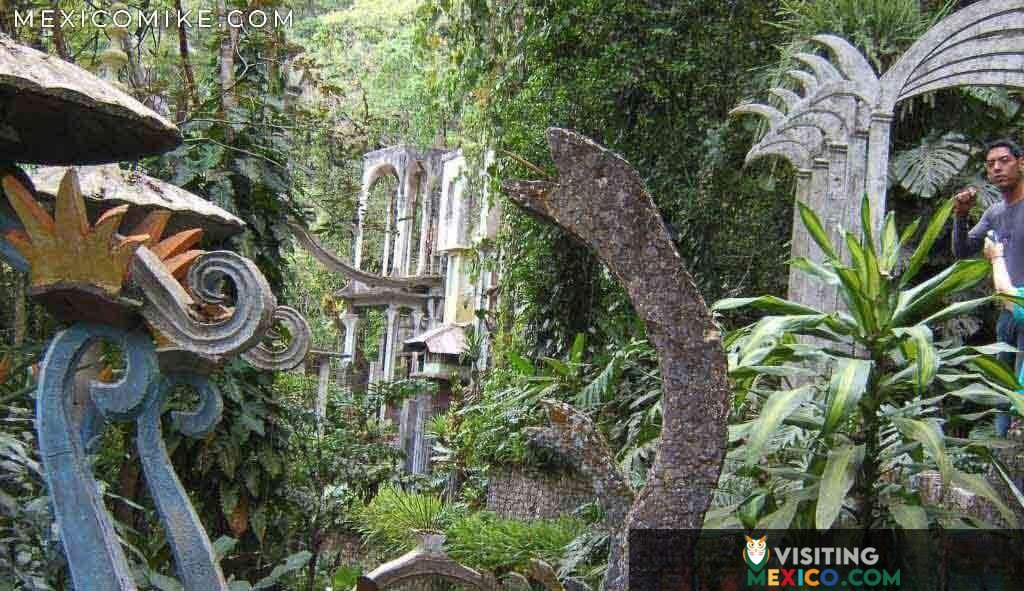Pan American Highway – Mex-85
City in Mexico
The Panamerican Highway, MEX-85 in Mexico, is a romanticized road that has been a part of history for the Mexican people. For the United States, the romantic road is Route 66. It has been immortalized in songs, TV shows, and the general consciousness. When people break out of the rat race to find themselves (at least the ones who write about it), they often do so on Route 66. Mexico’s trans-country highway, the one that united the country first, that closely resembles Route 66 in its mystique, is MEX-85. Highway 85 is part of the Pan American Highway, the trans-national highway system from Alaska to Argentina. The Pan American Highway is sometimes called the Road to Romance by Robert Terry, author of Terry’s Guide to Mexico (1947 edition).

Mex-85 History
The Laredo to Mexico City section was completed on July 4, 1936. This road is, “… is the world’s longest automobile road and one of its greatest undertakings. In novelty, fadeless charm, and scenic diversity, it will not be surpassed. Its tropical course through romantic Spanish lands of ancient cultures and friendly peoples … will serve as nothing else could to cement the relaciones interamericanas ….”
Indeed, while that is a tall order for a highway, this road opened Mexico to tourism. It opened previously sheltered sections of ancient cultures to the twentieth century and truly changed history. As you travel south on this former Royal Road, imagine how things would be if this part of Mexico had never been linked to the rest of the country or the world. Alas, there are now two Pan American Highways, the old and the new. In the 1970s, a “better” but much duller route replaced the original Pan American Highway. MEX-57 from N. Laredo to Mexico City became more popular and a connection from Cd. Victoria to San Luis Potosi was the final nail in the coffin of the old Pan American Highway. Today, most people speed down the four-lane austopistas and cuotas from N. Laredo to wherever they are going in colonial Mexico, Guadalajara, or Pto. Vallarta. Few meander MEX-85’s scenic curves, gentle mountains that curl up to the road like sleeping kittens, and picturesque towns where native languages are spoken more often than Spanish.


Personal Romance on Mex-85
The best description of the area between Cd. Valles and Tamazunchale where this article focuses came from someone seeing the area for the first time. My wife Nicki described it as taking the White Mountains of New Hampshire, the Green Mountains of Vermont, throwing them into a blender, then adding a dash of the south of Florida. You have winding roads, hills, and valleys, with orange trees and palms in the foreground and mountains behind. Down the mountains are fields of sugar cane, agave (what they make pulque with), bananas, palms, and mangoes. Hidden away are small coffee plantations. Some of the drop-offs have only the good wishes of the gods to stop you from joining them.
People don’t realize that there are waterfalls hidden in those mountains, only a short pavement drive off the main road. So few Americans know of one of the most fascinating hidden treasures of Mexico – Las Pozas (the pools) or El Castillo. This is an amazing testament to what enough money and artistic vision can create. An English sculptor, Sir Edward James, built a monument to his surrealistic vision by creating a sculpture garden in the middle of an orchid jungle 2 kilometers east ofXilitla, San Luis Potosí (an hour south of Cd. Valles on the old Pan American Highway MEX-85, then west on MEX-120 16 kilometers). Spend a couple of hours wandering around these larger-than-life sculptures or James’ vision and you will leave perplexed and humbled. It is like nothing else in Mexico. James was a contemporary and benefactor of Dali and Picasso. Picasso described him to Sigmund Freud as: “Edward is really crazy. He is insane although he pretends not to be. He is the real thing. He’s crazier than all the surrealists put together. They pretend, but he is the real thing.”


The Hotel Misión, just down the main drag from the San Fernando is part of the middle-priced chain in several of Mexico’s interesting cities. I have always liked them. www.hotelesmision.com.mx PH: 481-382-0066, MEX 01-800-900-3800.
If you would like to discover even more of the area, get down to Tamazunchale, where my old friend, Rudy (Rodolfo Jonguitud Reyes) ([email protected]), is the only guide. His mission is to teach his people (he is a Nahuatl) to balance respect for the ecology and their traditions. Rudy is part of both cultures. He teaches English, is a volunteer fireman, and works to help others, not for money, but what he gets out of it- which is nothing but the pleasure of helping others.
He can take you to the Nahuatl villages, meet the people or even stay with them. The trip requires a 4-wheel drive vehicle, or if you prefer, a burro. Camping with the villagers will give you a different perspective.
This is just part of the old Pan-Am road, but the rest of the road holds treasures aplenty for those willing to look. There is so much in and around the area between Cd. Valles and Tamazunchale that you could spend a couple of weeks discovering more. In fact, why don’t you?



